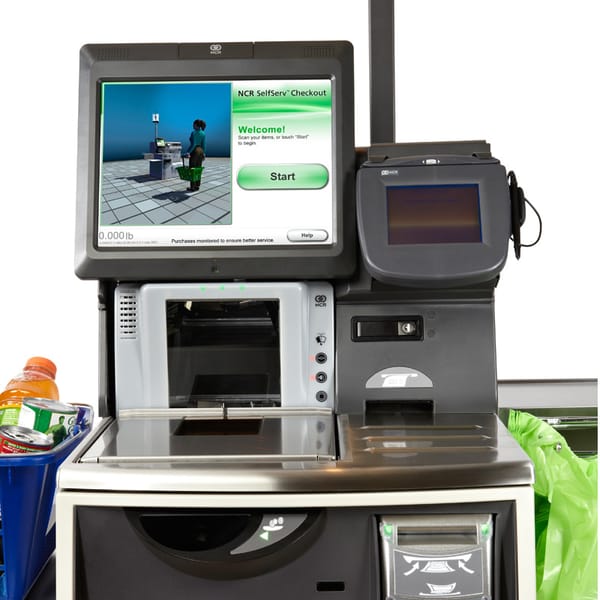The DEI boogey-man
I get tired of hearing all the negativity and antipathy towards DEI, I have always tried to practice it when I was and am hiring people for Product Manager positions

This might not be politically correct, so I apologize in advance if I ruffle feathers.
For more than a decade (much more really) there has been an awareness that the workplaces of Tech lack something called diversity. There have been some attempts to bring this to light, and major Tech companies (the FAANG, or is it MANGA now?) have begun shining some light into the ethnic, gender, and racial compositions of their workforces.
And frankly, it isn’t a great picture. No surprise that the “Bro” culture is alive and well in Silicon Valley and beyond. That white (or east Asian) males dominate the rank and file, to an embarrassing degree. Sure the sunlight has made it more apparent, and there have been some improvements in the ratios, but it ain’t pretty.
Oh sure, you get a lot of troglodytes who say that “Well, there just are more men who are qualified”, or “We can’t find any non-whites or women who can do the job.”
Bullshit. I will just say you aren’t trying very hard (or at all) and look to candidates that look like they do when they gaze at their awesomeness in the mirror.
Early in my career, when I was a line manager, I recall reading a case study about actuarial departments at insurance companies in Connecticut. In the 1970’s the floor of the actuarial department in the typical insurance company was 100% white, and male. There was an exception. At one insurer, they had women and racial minorities that while not a perfect reflection of the local population, it was pretty darned close. When asked how did the department have such diversity, the manager’s response was (paraphrasing): “When I have an opening, I post it, I get applicants, and I evaluate them on their qualifications, and if they meet them, then I hire them.” Novel and revolutionary in the 1970’s but it seems to still be alien to many organizations today.
Now, I am not a senior leader, and I never have been one, but in my own way, I have tried my best to tip the balance towards more diversity. I do this not to be antagonistic to my race (white) and gender (male), but instead because I find value in a variety of opinions, and lived experiences. In product, an important (if not essential) skill is to be able to understand a business problem, and to identify solutions.
It is tempting to look at everything through your own personal lens, but that is fraught with risk. Too many products fail because the product leader mistakes themselves as the “market” to fit, and then go all in on their preferences.
You can inoculate your self from this hazard by having differing opinions, by people with different perspectives and different backgrounds. I can’t tell you how many times a small comment from a team member can refocus the direction and intent of the effort.

You never get that in a monoculture. There is no one there to challenge the “conventional” wisdom, so a bad idea gets reinforced, until it is like the Pontiac Aztek, a design joke that went too far.
How do/did I do this?
I am going to be direct. I look for candidates who are women, who have very different backgrounds, and who have adjacent skills that the rest of the team is missing. So, in a way, it is reverse to the “blind sorting” but where I prioritize ethnic minorities and women. My bad. But it does allow me to have a better mix than just filtering based on the resume headline.
Does it always work out? No.
But, it does over time lead to a team where there is a lot more safety, more engagement, and some truly innovative outcomes are generated.
All because I personally want to improve the Diversity and Inclusion in the teams I manage and work within. And that makes DEI a worthwhile endeavor, all the right-wing bloviating by imperiled fragile white men notwithstanding.



